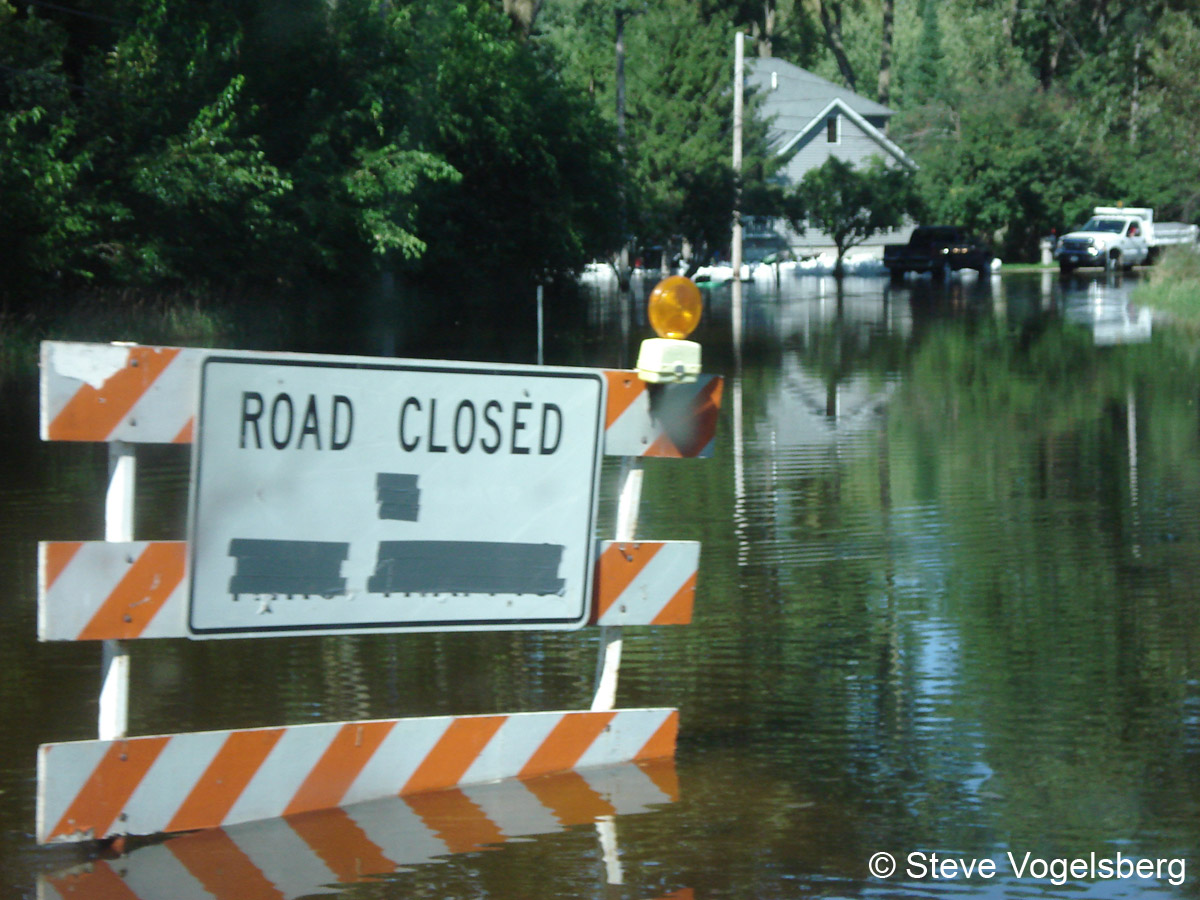

Y
|
|
 |
|
|
|
Two Types of Floods: Flood: A flood is when two acres of land is overwhelmed with water when it is normally dry land. Floods occur mostly along rivers, steams, and creeks. Flash Flood: A flash flood is a rapidly occurring event and takes place within the first six hours of a storm. Flash flooding can occur along rivers, streams, creeks, and in urban areas where water drainage isn't as good. |
|
Flood Safety Flooding can occur anywhere so it is important to take note of your surroundings and prepare to take action. Flooding can be a result of heavy rain, blockages in a river, and ice jams. Below are some safety tips in order to keep you safe in the event of a flood. |
|
®
|
|
| Flooding Facts |
|
|
References (click a link for more
information): www.nssl.noaa.gov/education/svrwx101/floods/ tadd.weather.gov http://www.ready.gov/floods http://www.floodsafety.noaa.gov/index.shtml |